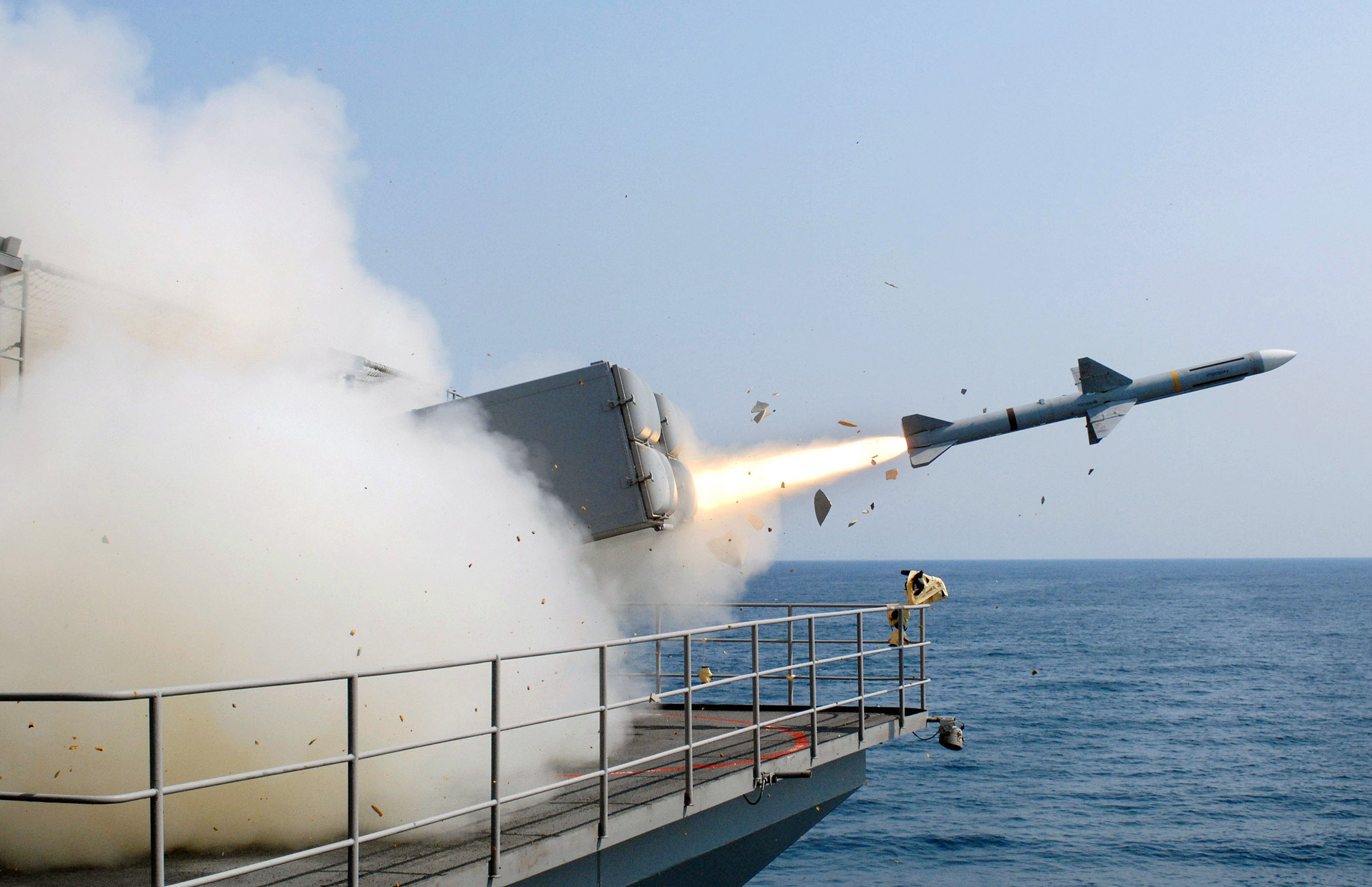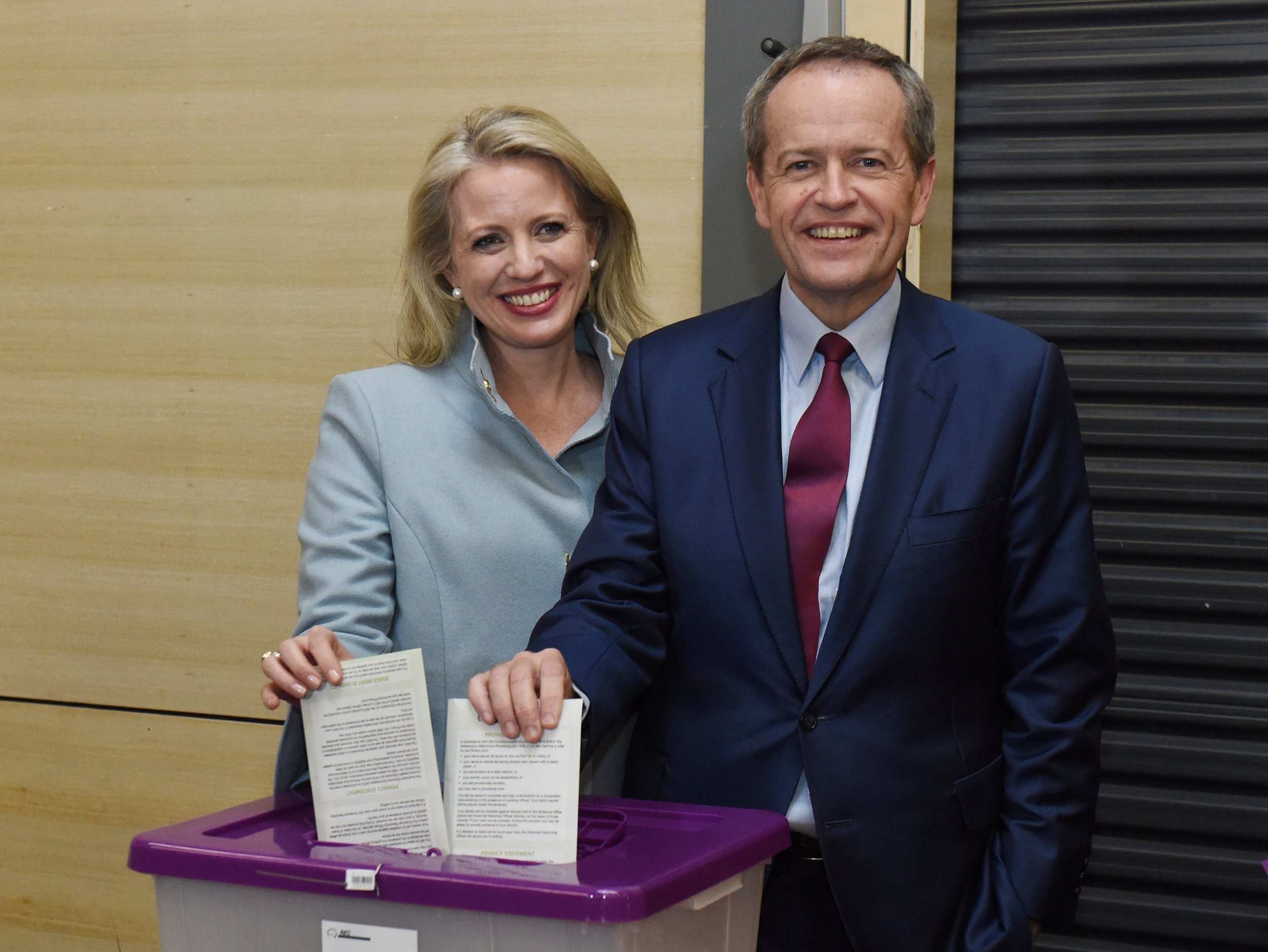ISRO’s upper-stage cryogenic engine being transported to Vehicle Assembly Facility at SHAR
“The upper stage was passivated by depleting excess fuel as per the standard practice to minimise any potential risk for an accidental break-up.”, ISRO said
Bangalore: ISRO on Tuesday said the cryogenic upper stage of the LVM3 M3/OneWeb India- 2 mission has re-entered the Earth’s atmosphere. The nearly 3-ton rocket body was left in an orbit of 450 km altitude after injecting 36 OneWeb satellites on March 26, 2023, the space agency said.
In its sixth consecutive successful flight of LVM3, the vehicle placed 36 satellites belonging to the UK-headquartered OneWeb in their intended orbit, it was noted.
“The upper stage was passivated by depleting excess fuel as per the standard practice to minimise any potential risk for an accidental break-up.”, ISRO said.
“The re-entry was estimated to occur within a window from 14:35 UTC to 15:05 UTC, the most probable impact being at 14:55 UTC in the Indian Ocean,” ISRO said giving an update on the June 14 re-entry.
Only certain elements like gas bottles, nozzle, and tanks which comprise materials of very high melting points were expected to survive the aerothermal heating during the re-entry for this rocket body, it said.
According to ISRO, the object was tracked by its Multi-object Tracking Radar (MOTR) at Sriharikota over the orbits before the atmospheric re-entry, and the tracking data was utilised in the re-entry prediction process.
The re-entry of this object was continuously monitored by ISRO’s facility, ISRO System for Safe and Sustainable Space Operations Management (IS4OM), ISTRAC, Bangalore.
The LVM3-M3 rocket body was disposed of through natural orbital decay within two years of the orbital injection, the space agency said, adding, therefore, it complied with international guidelines such as UN space debris mitigation guidelines.
The LVM3-M3 rocket stage also complied with the directives of India’s Debris Free Space Missions (DFSM) initiative which requires the space objects operating in the Low Earth Orbital region to be in orbit for less than five years after the end of the mission, it said.
(With Agency Inputs)




















Discussion about this post